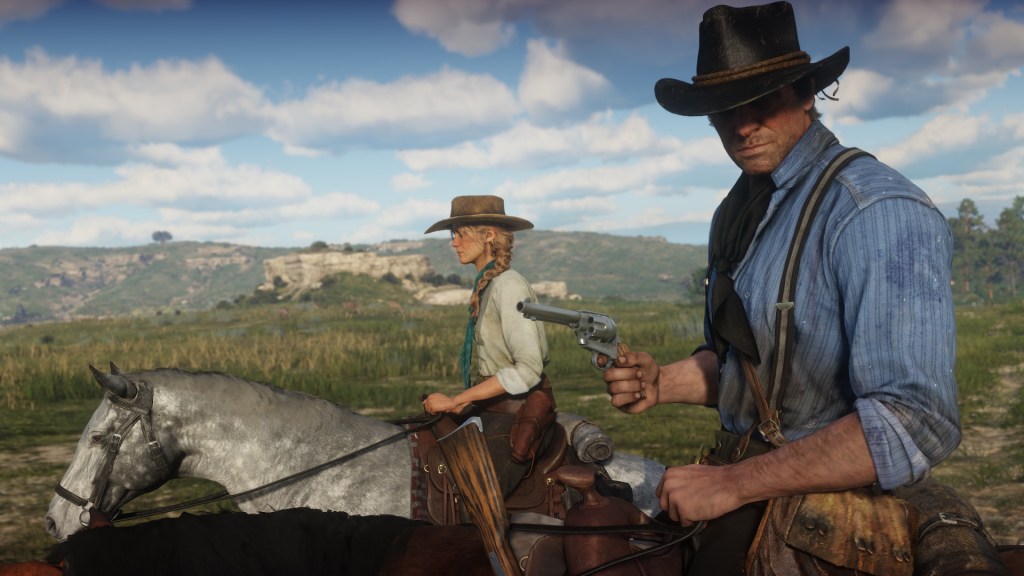In 2003, the landscape of New South Wales, Australia, was turning inside-out. Persistent droughts were sucking the earth dry while open cut mining left scars in the ground tens of meters deep. Reflecting on the destabilizing events, the philosopher Glenn Albrecht coined the term solastalgia, describing it as a “form of mental or existential distress caused by environmental change.” If nostalgia refers to the sadness people feel when separated from a home they love then solastalgia is the sickness people experience when directly connected to a changing environment. The victims of 2018’s Camp Fire might be experiencing solastalgia at this very moment as they continue to come to terms with their losses. Likewise, much of the American Midwest suddenly finds itself confronting unprecedented conditions that threaten to overturn the seasonal planting cycles that are foundational to the region’s industry and way of life. . Others, meanwhile, might recognize solastalgia as a constant low-level anxiety, perpetuated by the deluge of disaster-stricken climate reporting, detailed most starkly by the IPCC climate report’s assertion that we only have 12 years to avoid climate catastrophe.
Video games are beginning to internalize the ecological crisis and climate change that drives solastalgia. A niche subsection are exploring the issues with admirable frankness such as Imagine Earth, an upcoming real-time planet simulation which smartly lists “Growth vs. Ecocide” as one of its story features. Lichenia, recently reported on by Cameron Kunzelman, describes itself as a “city building game for the Anthropocene.” Another strategy title, Sid Meier’s Civilization 6 just received the climate change-focused Gathering Storm expansion, enabling players to influence the in-game ecosystem. Then there’s Eco, an online game which tasks players with collaboratively creating an advanced civilization albeit one in tune with its natural surroundings. Alongside the Minecraft mod Global Warming, it’s evident of a more explicitly cautionary response to climate issues.
Videos by VICE
What’s more surprising is the extent to which ecological crisis has been subsumed into the consciousness of blockbuster video games. In 2017, the action-adventure Horizon Zero Dawn arrived sparkling like a high-definition BBC wildlife documentary. Its narrative details how Earth’s biosphere was reconstructed following the breakdown of nature, a process initiated by humanity’s own malfunctioning robots. It’s far from the only game presenting this kind of romantic, natural aesthetic: The kind of pristine wilderness depicted in Horizon Zero Dawn has become almost ubiquitous in modern mega-budget video game productions. Red Dead Redemption 2 and Anthem’s sumptuously detailed, plant-filled environments embody the video game industry’s keenness to grapple with questions of ecological and climate crisis despite their energy-intensive production and infrastructure directly contributing towards the rapid heating of the planet.
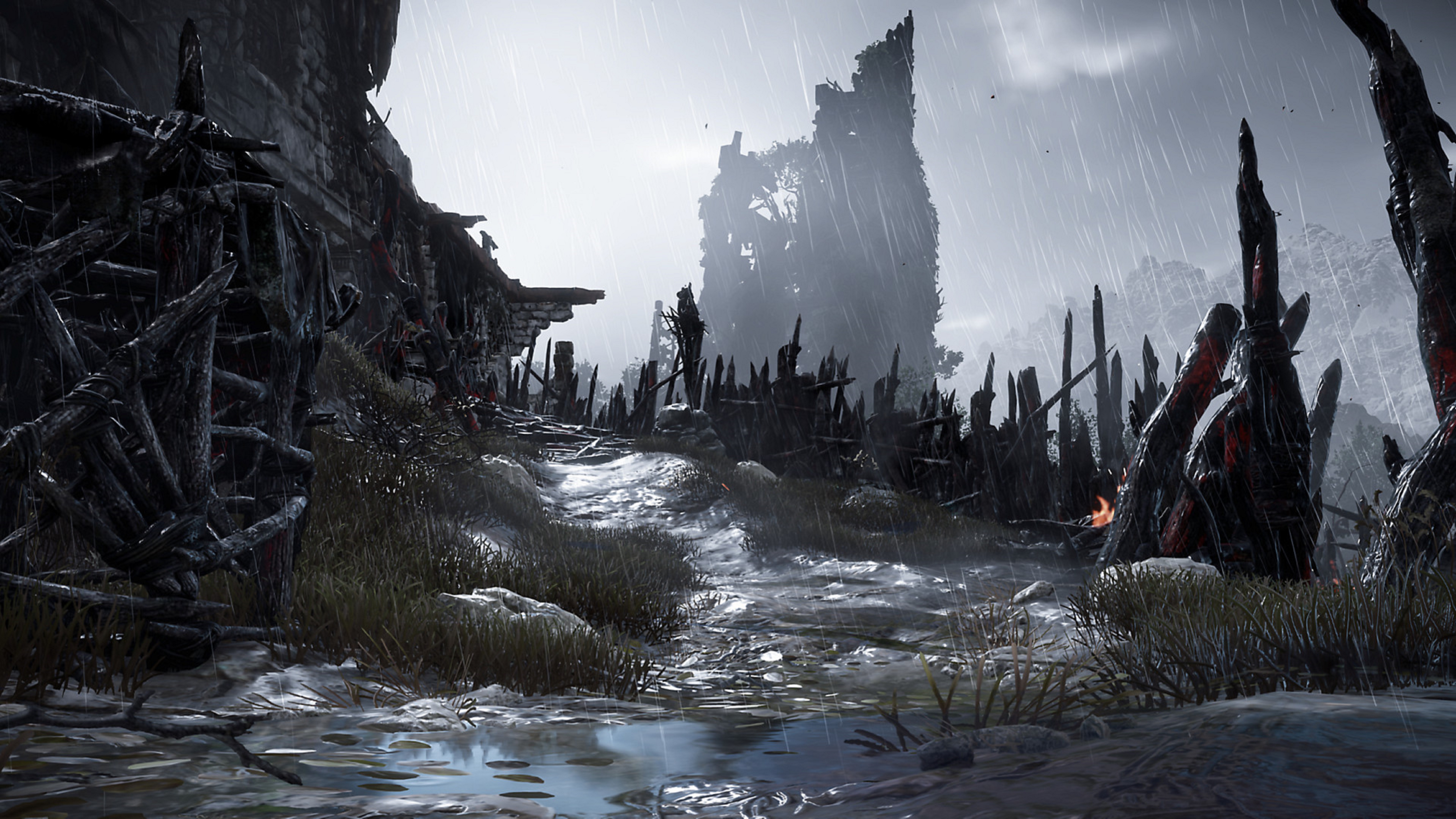
Red Dead Redemption 2 is not a game about climate change or ecological crisis. Rather, it tells the story of Arthur Morgan, a man eking out an existence in early twentieth-century America, the values of which are still with us today. Despite an aesthetic which leans into photorealism, the game’s rural landscape is filled with moments of fantasy. The milky greens and blues of the game’s naturalistic countryside is so unnaturally packed full of wild animals that deer run next to the protagonist Arthur Morgan’s horse and rabbits spill out onto the dirt tracks. Venture further into Red Dead Redemption 2’s seemingly bucolic environments and you discover the tell-tale signs of industrialization. A railway station cloaks the eastern approach to Annesburg in thick, black smoke, the surrounding trees hacked to their stumps and the waste dumped behind a hill. The wild, untamed fantasy of the West has always sat next to negative depictions of industrialization but Red Dead Redemption 2’s meticulous, verging into fetishistic, presentation feels charged with our current moment of ecological devastation.
Climate change and ecological crisis are also appearing in other seemingly unlikely sources. In an end-of-2018 piece, Rob Zacny reflected on the disconnect he felt between Forza Horizon 4’s weather system and meteorological conditions of the real world, touched by an eerie kind of sadness, perhaps even solastalgia. “Can you even believe it was ever like this?,” wrote Zacny. “I remember it, kind-of (because climate change was accelerating before I took my first step).” On the contrary, I’ve found in-game weather systems uncannily capture the accelerated sense of time climate change often imbues. Despite their grandness, open worlds are compressed environments which run to compressed clocks. Storms hit with greater regularity and the extremity of seasons is often emphasized. In video games, these phenomena contribute towards a sense of “variation”, ensuring our experience doesn’t, god forbid, become monotonous. But IRL, these phenomena visit the world’s most vulnerable communities with misery and the threat of death.
Zacny quite rightly highlights the tension between the emotional loss he felt and his on-screen actions: i.e. driving a monstrous gas-guzzling sports car. Similarly, when I rode my horse towards Annesburg in Red Dead Redemption 2, witnessing the decimation of the land first-hand, I could only look on before returning to my adventure. For a game that emphasizes apparent political and ecological awareness, Red Dead Redemption 2 adheres to the same strict colonial lexicon we see in just about every mainstream open-world blockbuster. Player verbs cluster around shooting, running, exploring, and trading. And when it comes to the environment, we can only slaughter its animals or pick its useful plants.

In the real world, that set of behavior correlates closely with colonialism, a practice still coursing throughout global power structures. Colonialism has, and continues to drive exploitation underpinning ecological crisis and climate change, not to mention the erasure of Indigenous knowledge built up over millennia: just look at Jair Bolsonaro’s current assault on the people and land of the Amazonian rainforest.
Such consumption has recently been described as a primary driver behind accelerating species extinction, highlighted by the landmark Intergovernmental Science-Policy Platform on Biodiversity and Ecosystem Services (IPBES) report. This matters because once dependent systems of life start to collapse, well, the game is up for us, too, however hard we might try to extrapolate ourselves from nature. “Biodiversity and nature’s contributions to people are humanity’s most important life-supporting ‘safety net’,” said Professor Sandra Diaz, an ecologist at the University of Cordoba and co-chair of the IPBES assessment. “But our safety net is stretched almost to breaking point.”
Simply accessing these games using consoles and PCs extracts a significant environmental toll. A 2015 study headed up by Dr. Evan Mills, leader of the Green Gaming research project run by the U.S. Department of Energy’s Lawrence Berkeley National Laboratory, found that while gaming computers comprise just 2.5 percent of personal computers worldwide, they account for 20 percent of global energy use for computers. Energy-intensive components such as graphics cards and processors are contributing to the spike in energy use, alongside increased graphical fidelity such as the recent move to 4K displays. According to his own research, the demands of 4K can result in as much as a 64 percent increase in energy use within PCs.
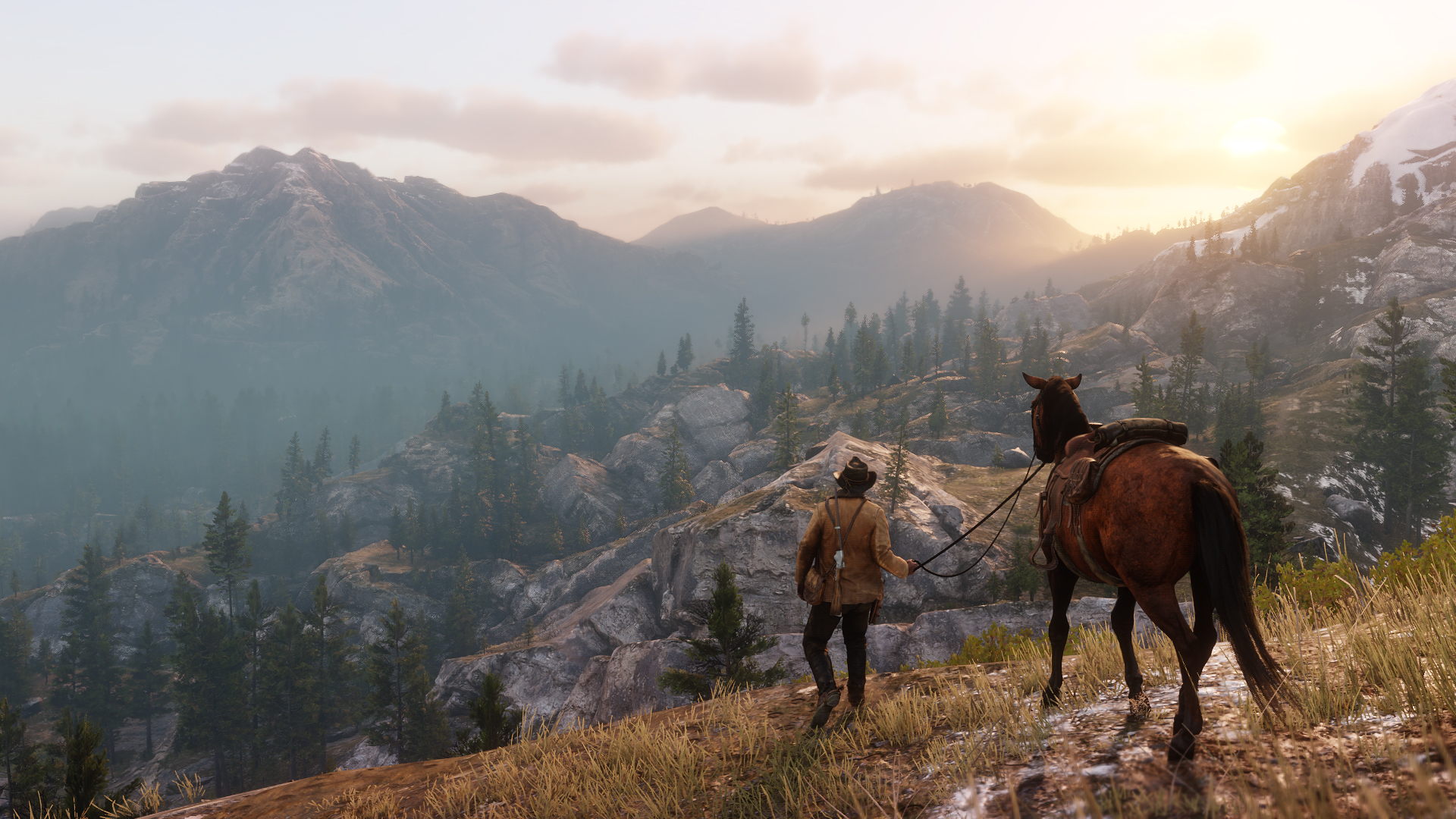
“Consider, at one extreme, that the original choppy, black-and-white Pong game drew about 10 watts while the highest power modern systems we’ve looked at so far draw more than 500 watts,” Mills told VICE over email. “Today’s systems not only require more power to perform the calculations, but also to drive the increasingly high-fidelity displays.” The issue, though, isn’t so much playing these games but the energy economy they’re built into which, more often that not, isn’t based on renewables.
Anthem, Bioware’s science-fantasy online shooter is another recent title with palpable eco-anxieties. The game’s lore speaks of Shapers and Cataclysms while Artefacts terraform sections of the planet, mutate wildlife, and change the local climate. Players traverse Anthem’s vast environments using their Javelin suit, an exoskeleton which is cooled using the running water of rivers and waterfalls in-flight. The mechanic encourages players to pay close attention to the environment but it’s framed within both a loot system and language of insatiable consumption by the game’s executives. “You’re constantly flying over things that you know there’s rich content there,” said Casey Hudson, the General Manager of Bioware during a 2018 E3 interview. “You don’t consume surface area of the game and then have no reason to come back to it.”
The game’s eco-politics often feel jarring, hollow even, when its real world climate impact is considered. Like the online portion of Red Dead Redemption 2, Anthem’s action plays out on the internet, part of the recent “games-as-service” trend. Such experiences rely not only on high-speed internet connections but large-scale data centers to reduce latency or “lag” between what a player is doing and when it appears on-screen. These data centers might not look like they’re producing any waste—there’s no chemical trail flowing into a nearby river—so the tendency might be to think of them as, if not green, then environmentally neutral. On the contrary, data centers gobble up huge amounts of energy and emit large amounts of heat, a major problem for online video game experiences regularly touted as endless by publishers. With major industry corporations betting big on “games-as-service”, not to mention subsidiary activities such as streaming also taking advantage of them, their energy use has risen steeply in recent years.
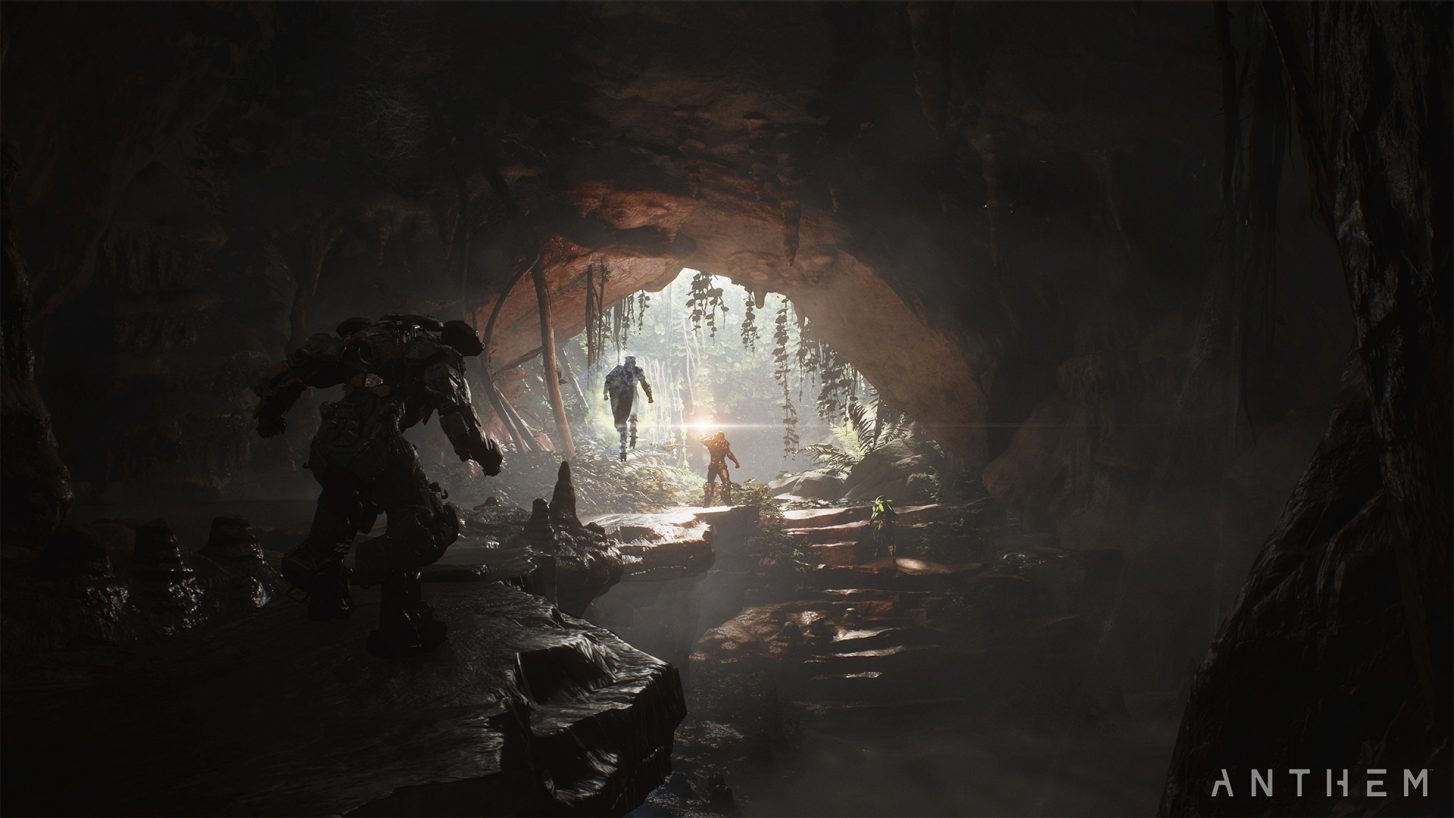
In 2018, Mills co-authored another study which found that “cloud-based gaming is by far the most energy-intensive form of gaming via the Internet,” dwarfing the demands of consoles and PCs. “Cloud-based gaming requires significantly more energy than similarly powerful equipment located in the gamer’s home,” he explained to me. “Data centers require very substantial ventilation and air conditioning while moving the large amounts of data between the gamer and data center also entails significant use in internet infrastructure.”
Indeed, in order to power its online games, Ubisoft recently purchased the hosting provider i3D.net which offers extensive data center services, (albeit with no reference to sustainability on its homepage). Elsewhere, Amazon Web Services (AWS) is keen to publicize its role in powering Fortnite’s success through the provision of data centers. But according to Gary Cook, a Senior IT Sector Analyst for Greenpeace, the megacorp lags far behind Apple and Microsoft in terms of its own commitment to renewable energy sources. Moving forwards, Mills points to improving data center infrastructure efficiency through air conditioning and ventilation alongside increasing use in renewable energy. With Google set to release its Stadia video game streaming service, the need for clean energy data centers is more pressing than ever.
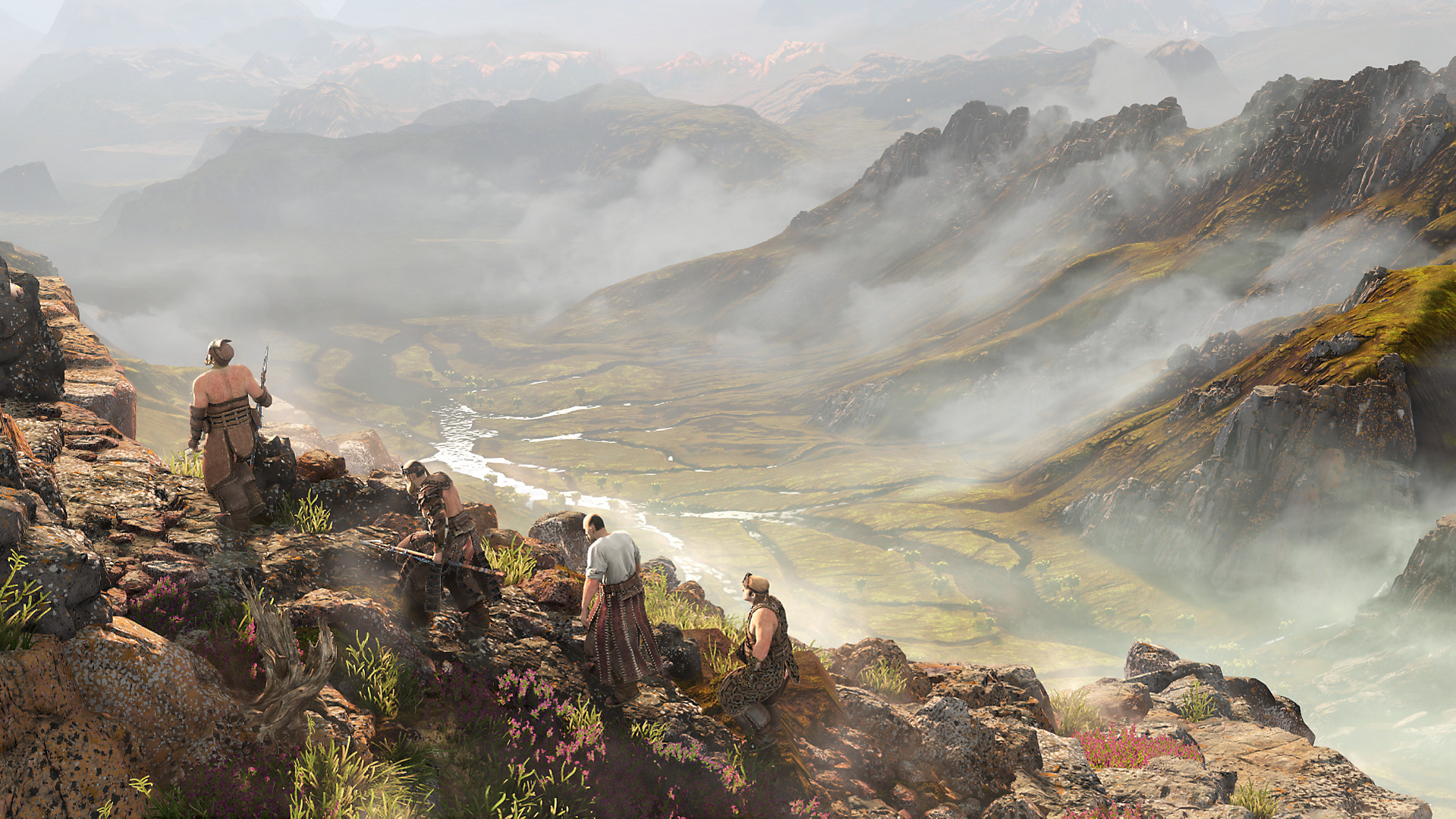
It’s important to remember that, like the shifts towards high and ultra-definition resolutions, video games’ increasing reliance on data centers, both for online play and streaming services, is driven by corporate macro-decisions. And they’re operating at such huge scales with such mammoth energy outputs that the responsibility of change lies primarily with them. But in the meantime, we can hold them to account by asking the right questions.
There’s a recursive aspect to mainstream games’ fantasies of nature unspoiled or redeemed. They are driven by anxiety and ecological nostalgia—or solastalgia—but those same fantasies fundamentally revolve around the same kind of consumptive, exploitative relationship with nature that has produced ecological crisis. Then, in the infrastructure used to develop, support and (once the streaming era gets underway) to play them, these games end up being contributors to an increasing hunger for energy that is very much in tension with the need to cut global carbon emissions. They are deeply anthropocentric games whose infrastructure is helping to drive the plunge into the Anthropocene.
You see a different vision through the lens of indie games tackling ecological angst. Rising sea levels have worked their way into games such as 2015’s Submerged, a third person exploration game influenced by global warming. David Kanaga’s surreal art game Oikospiel is inspired by Naomi Klein’s excellent treatise on the subject, This Changes Everything: Capitalism vs. the Climate. Most recently, The Things We Lost In The Flood depicts another sunken environment, almost half its screen taken up by gently undulating pixel-art water. The upcoming Sea of Solitude, meanwhile, takes its flooded Berlin setting into the realm of analogy. Kay, the game’s young protagonist has been turned into a monster by the overwhelming loneliness she feels, cast adrift from those she needs most. It’s worth remembering that Sea of Solitude’s metaphor is already a reality for people around the world for people literally isolated by cataclysmic flooding with the number set to rise, particularly in the world’s coastal cities if we hit 3C of global warming.

Rain World, the 2017 survival adventure, takes the soaked post-apocalypse into knottier territory through its representation of ecosystems. Casting the player as a slugcat, a small, vulnerable creature in a megacity devoid of humans, the game’s food chain and AI brings its world to life with a vividness most blockbuster games lack. Other animals—rendered in bright technicolor—skulk around its decaying environments, sometimes picking fights with one another, at other times focusing on the nomadic slugcat. As I played the game, and finally learnt to do more than just survive (because the game is ferociously difficult), I started to study the other animals and understand how the ecosystem worked. Even though, I was playing as a single animal—the slugcat—I was able to peek into the lives of other virtual lifeforms and, in a sense, dissolve my own point of view.
It’s precisely the dissolution of anthropocentrism—a human-centric perspective—that ecological crisis and climate change demand if they’re to be tackled meaningfully. Solastalgia might be a real feeling but it symbolizes our own prioritized point of view. The mining operations that caused some New South Wales residents to experience solastalgia would have already wiped out the native wild animal population in the immediate area, their suffering seemingly not taken into account. Indeed, when the IPBES report speaks of an ongoing, actually fast-accelerating wildlife annihilation, perhaps we need to rethink our own behaviour in relation to that of other non-humans. It might sound like radical, far-out stuff, but it’s not, and a handful of other games are thinking that way, too.
2017’s Everything allows us to inhabit thousands of objects in the universe. The game lacks Rain World’s fizzing sense of life but goes big on representing webs of interconnectedness, helped along greatly by the narration of British philosopher Alan Watts. In Other Waters, the upcoming debut from Gareth Damian Martin [disclaimer: Gareth is the editor of Heterotopias, a site I’ve written for in the past], also emphasizes non-human lifeforms. Set in a future where mass extinction events have stripped the Earth’s oceans of their biodiversity, players will carefully observe what’s left of the planet’s delicate marine ecosystems.

James Therrien, one of Rain World’s developers, believes the systemic play of video games offers a huge opportunity to explore the difficult, at times overwhelming, processes of ecological crisis and climate change. “In a movie or book there’s a narrative and you have to give yourself up to the author’s will in terms of what happens, you have to basically take their word for it,” he told VICE over email. “Games give you the option of telling stories through systems which is fascinating because you can basically show somebody their choices being narrowed by events. They make certain choices which lead to certain conclusions and it feels natural within the world. As a way of explaining things on a visceral level it’s such a potent tool for these kind of nebulous concepts such as scarcity and climate change.”
Rain World’s beauty is that it enables us to think about the environment from a different perspective, to consider experiences outside of own during the current environmental upheaval. But it sits within a broader landscape of developers, publishers, console manufacturers, and players who still treat climate change and ecological crisis as an issue external to the video game industry. Stories such as Rain World’s might be able to reshape our understanding of the world but in order to heal it, we need ambitious real-world action, too. We can start by demanding video game corporations tackle their own environmental impact. Until then, solastalgia might eventually visit us all.
More
From VICE
-

Vinay Gupta: "People are too stupid to understand they're being handed a solution" -

-

-

